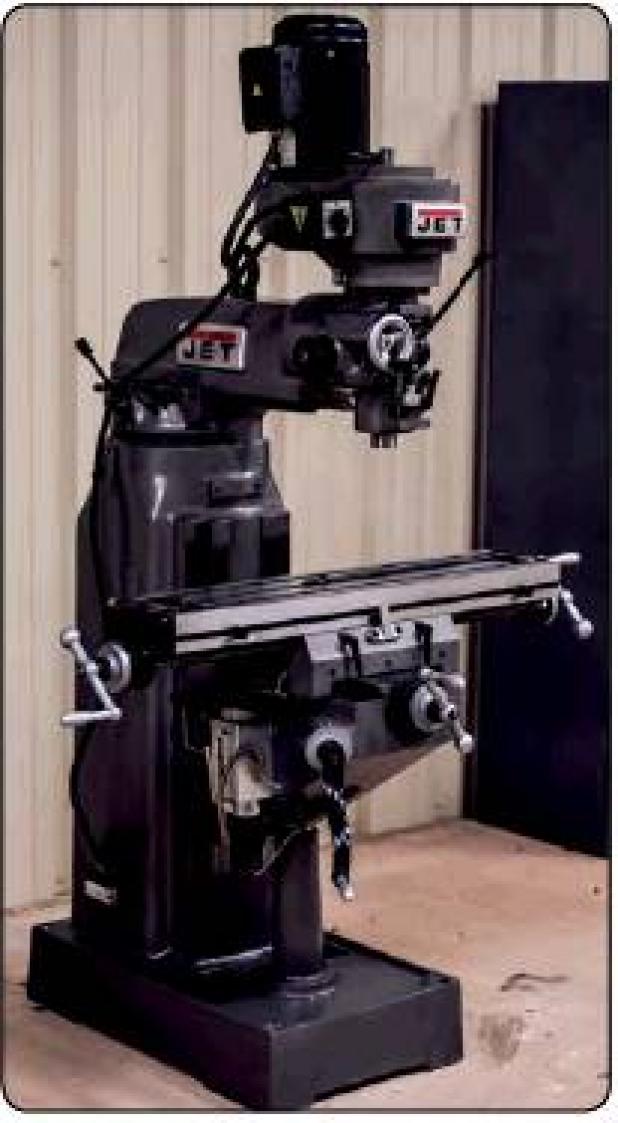
Machining a brighter future
The Olney High School is now offering a Machining class. The class was created in response to a need in the community for skilled workers. However, the class will provide more for the students than just learning how to use machines.
“By working with Tower, we are able to get aluminum scrap, any kind of tools we don’t have, and they are willing to send their machinist over here to talk with the students,” said Coach Casey Keeter, a former mechanic at Tower Extrusions who now teaches the class. “I want to make sure that every kid that comes to this class leaves knowing everything that I know. That is my goal; I want to transfer everything to them. I tell them, ‘if you want my job, take it from me .’ I want them to do the best they can.”
The class began with four students, and grew to 11 students for this first year. High School Principal Matt Caffey and Keeter believe interest will grow after the students learn to use the machines.
“If I had to pick an area to improve on our recruiting, I would like to get some girls in the class. We don’t have any girls in the class right now.” Caffey expressed. “We have a diverse group of students, but I want girls to see this as an option for them too.”
Keeter said the students are learning job titles, job responsibilities, going through the different engineers’ responsibilities and the more theoretical side of things in the first semester. Here is the planned breakdown of the curriculum for the first year.
During the first six weeks, the students will learn what machining is, what careers are available for a machinist and workplace skills such as tool identification, measurements, materials, safety, measurement systems, machine tool math, semiprecision measurement and precision measurements.
The second six weeks will consist entirely of Osha training so that, by the end of the second six weeks, they will have their Osha certification. They will not be able to work with the machines until they have received their Osha certification.
By the third six weeks, the students will finally get into the hands-on work. During this time, they will learn about quality assurance, process planning, quality control, metal composition and classification, heat treatment of metals and machine maintenance. They will also have a shop project to complete.
In the fourth six weeks, they will learn about drawings, layout and hand tools.
The fifth six weeks will consist of training on saws and cut-off machines, drilling, threading, tapping and reaming and the drill press.
The final six weeks will go into more indepth training on the drill press and other tools.
“When a student leaves high school, they will be certified,” said Coach Keeter. “They will test out and receive a certificate for National Incident Management Systems (NIMS). They are going to go out and have a portfolio saying they are a certified machinist. My goal is that when they leave here, they are fully ready for the workforce.”
“It’s awesome to me because it prepares students for a broad range of possibilities but also prepares them for a specific kind of a job too,” said Caffey, showing his full support for this program. “We want them to leave as skilled laborers. Which will give them a better income potential. One of the things we want the kids to know is that this class is not just for kids that want to go to work at Tower, if you want to work at Tower it is great for you, but it is also good for engineering.”
“I want them to be able to do everything, and whether they choose to go to a four-year college and get their bachelors or to go on to be an engineer, I am hoping they can figure that out in these four years,” Keeter added. “If they love the blueprinting side of it and the application process of it, then yeah, we want them to go to college, but if they are set on going into the workforce, then we want to make them the best-skilled laborers that we can.”
